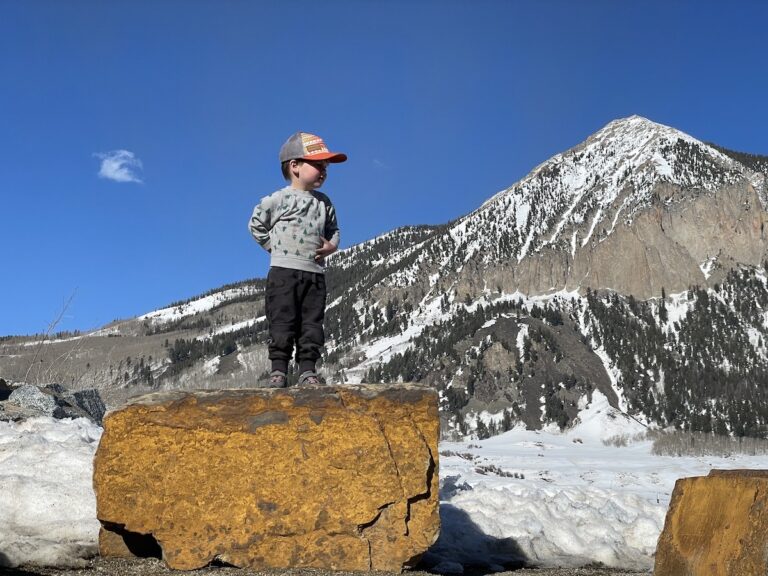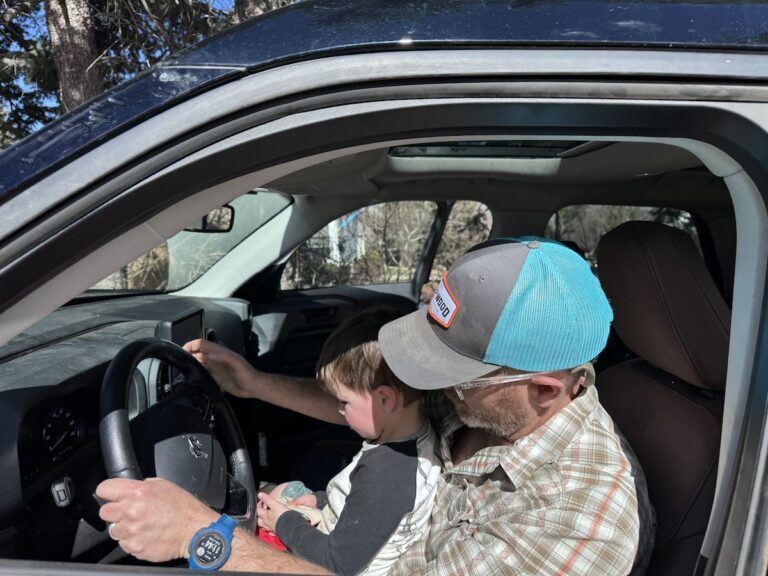With the thrills of being out in nature come potential hazards. Being prepared to handle medical emergencies is the key to ensuring these excursions are safe and memorable. By being prepared, not only do you ensure their safety, but you also impart invaluable lessons of resilience and resourcefulness. Adventure on, with caution and confidence!
Here’s a primer on navigating such challenges with a little one by your side.
Basic First Aid Skills: CPR, Wounds, and Splinting
Mastering CPR: CPR is an important lifesaving technique – one we’ve all probably seen on TV. For toddlers, the technique is slightly modified—use only two fingers to give chest compressions, and breathe gently while giving rescue breaths. You may not need to get a full certification (although it’s pretty painless and definitely advisable if you spend a lot of time outdoors) but being confident and able to use this basic procedure can save a life.
Wound Dressing: Even a minor cut can become a significant concern in the wild. Wound dressing – which sounds totally disgusting – simply involves cleaning the injury with an antiseptic, applying a suitable antibiotic ointment, and then protecting it with a sterile bandage. This trifecta shields the wound from potential infections and promotes healing.
Skillful Splinting: In the unfortunate event of a sprain or fracture, immobilization is essential. By using items like sturdy sticks, coupled with strips of cloth like bandanas, you can concoct an impromptu splint. This ad hoc solution will offer support and limit further injury until you reach professional medical help.
Recognizing Symptoms: When to Seek Immediate Help
Observe Their Behavior: It’s not uncommon for West’s behavior to change rapidly when we’re on a hike, but some changes, such as sudden lethargy, can be an indicator of an underlying issue.
Physical Manifestations: Examine your child for signs like skin discoloration, unusual breathing patterns, or persistent vomiting. These symptoms, especially in the wilderness, require swift intervention.
Trust Your Instinct: You’re attuned to your toddler’s norms. If something feels amiss, it’s better to err on the side of caution. Your intuition can be the best tool in identifying subtle signs that might escape the untrained eye.
Keeping Calm: Managing Panic
The Power of Breath: In high-stress situations, deep breathing can be an anchor. By taking methodical, deep breaths, you flood your brain with oxygen, aiding clearer thought and stymieing the encroaching panic. Your panic will also amp up the kiddo, so projecting some measure of calm will help keep the whole situation manageable.
Break Tasks Down: Instead of being overwhelmed by the entirety of the situation, dissect the challenge into smaller, manageable tasks. Administering first aid, seeking shelter, or even simply comforting your child can be individual objectives to focus on.
Mental Rehearsal: Prior to your excursions, mentally walk through potential emergencies. This cognitive exercise, known as visualization, can help in diminishing the shock of an actual event and make you more adept at handling it.


